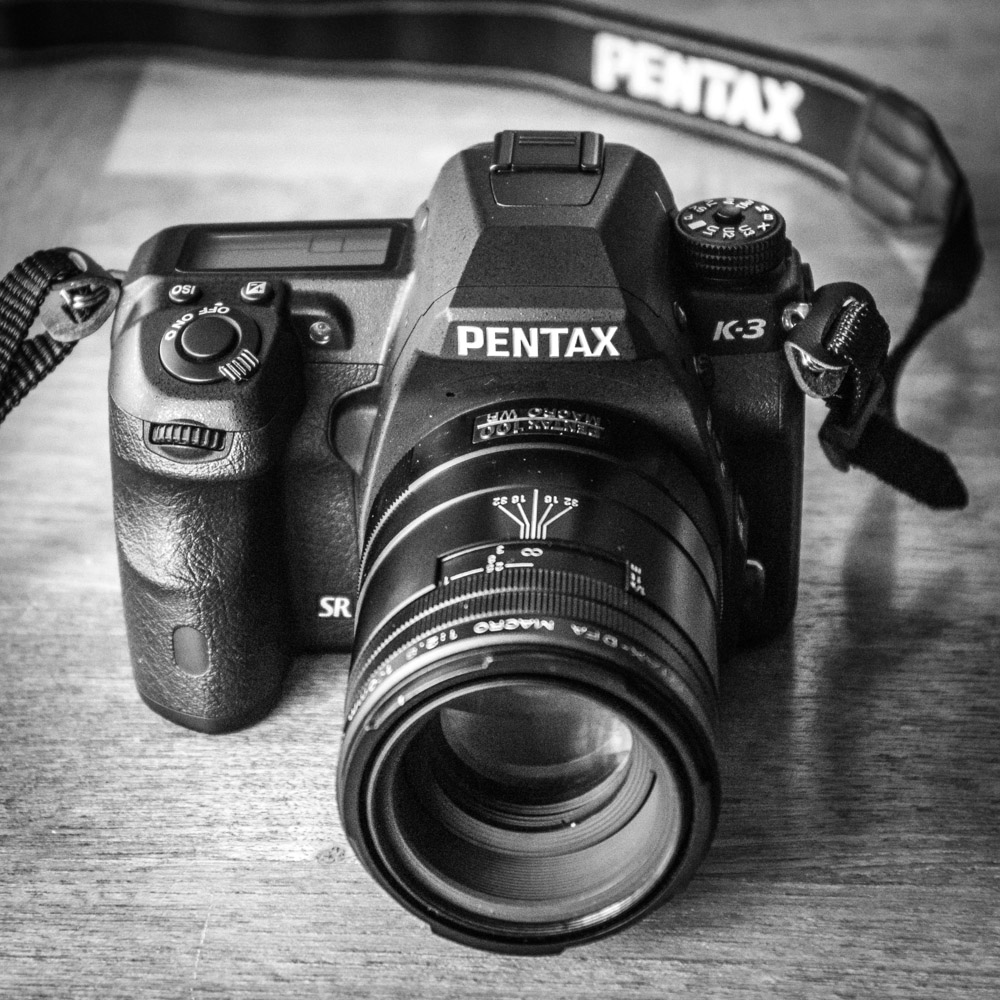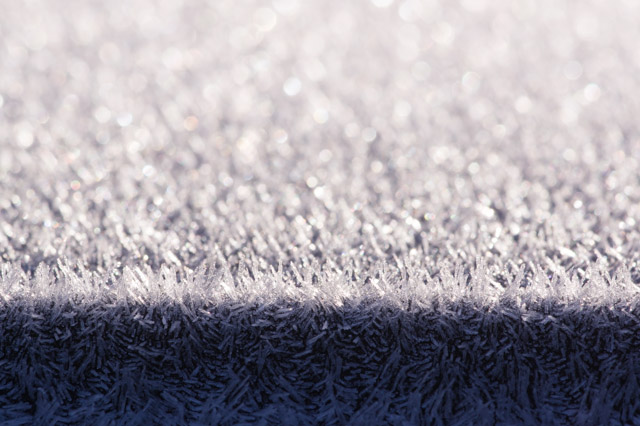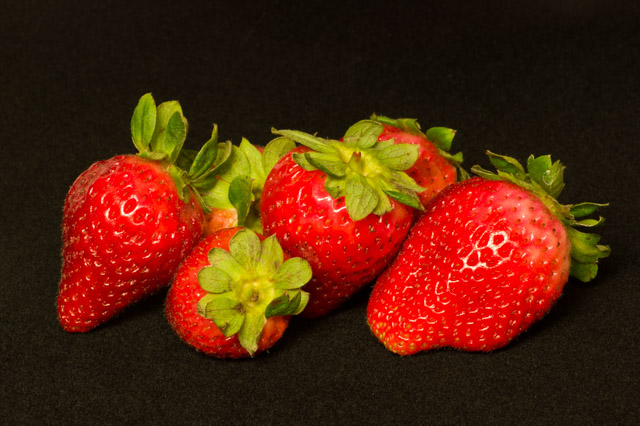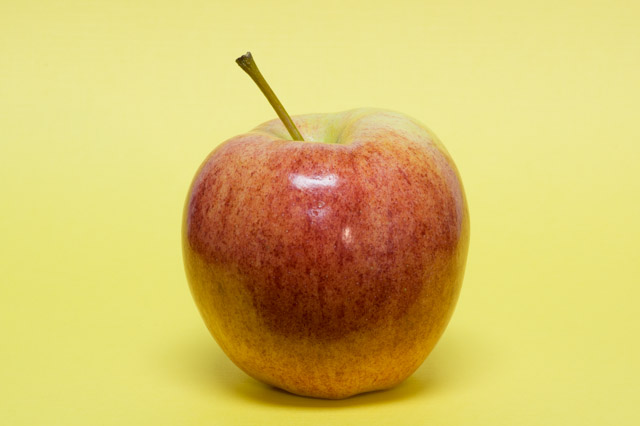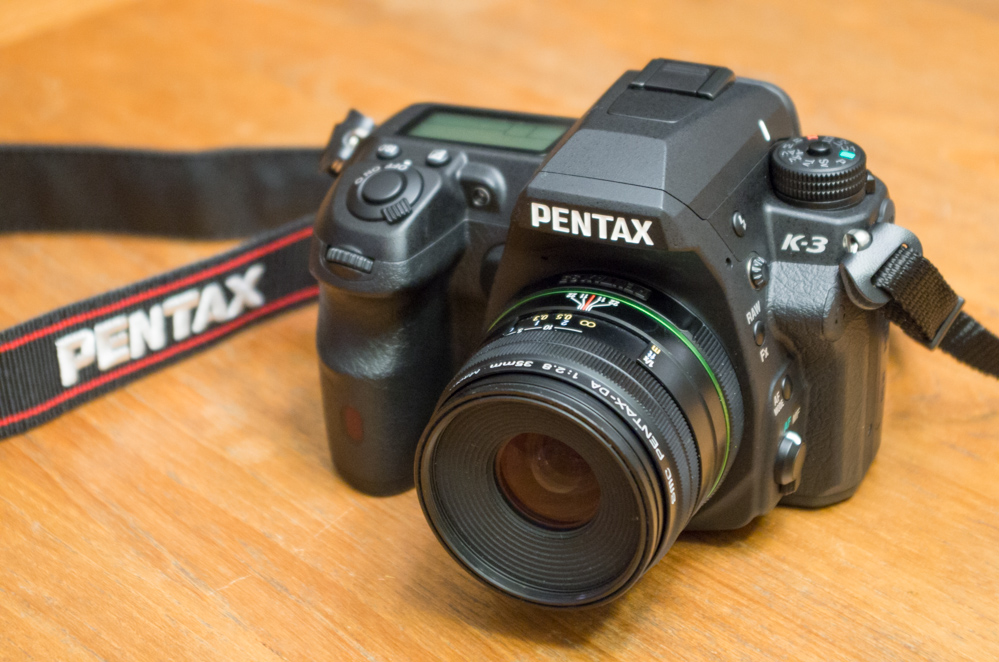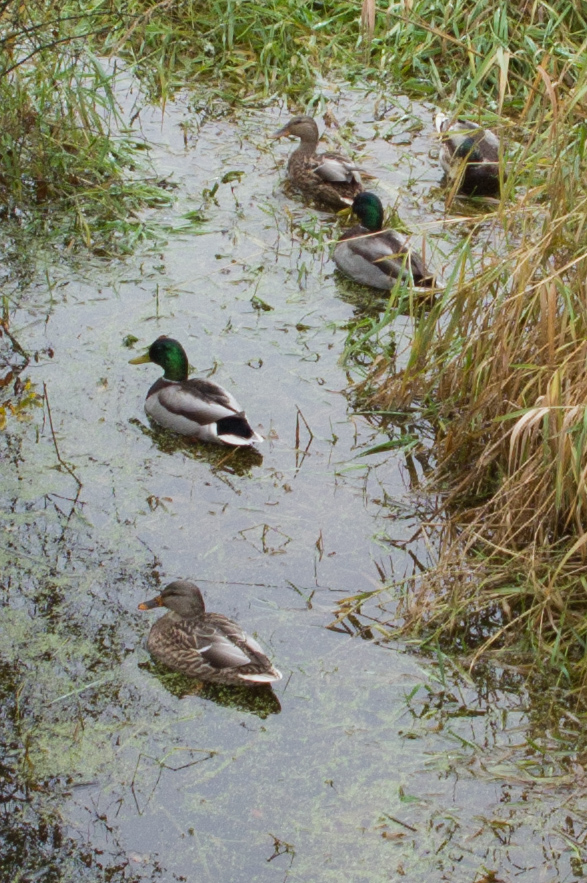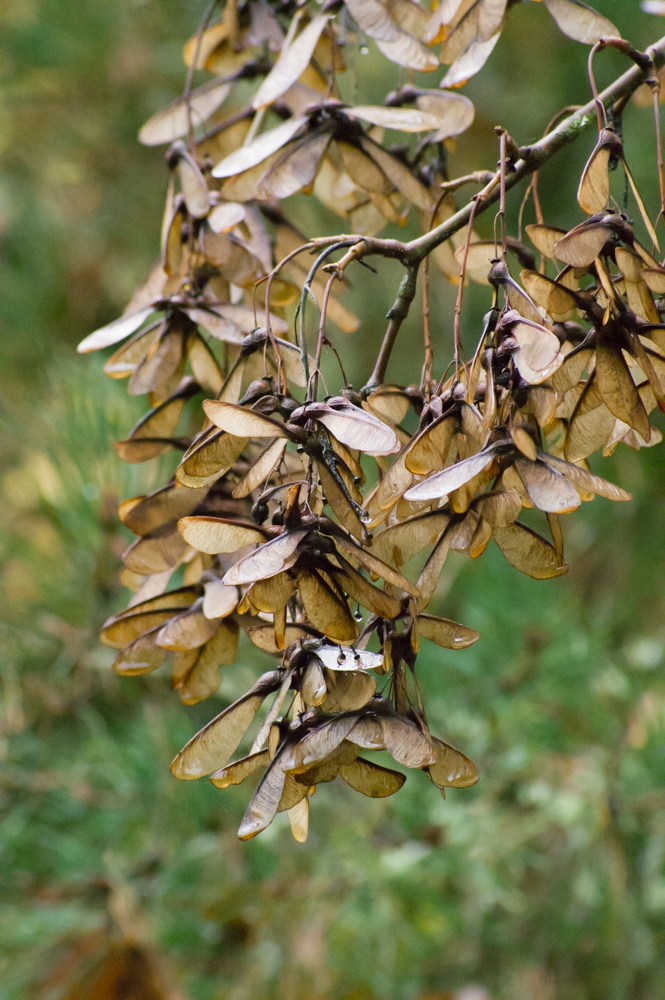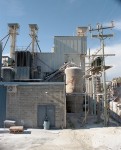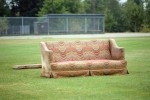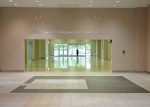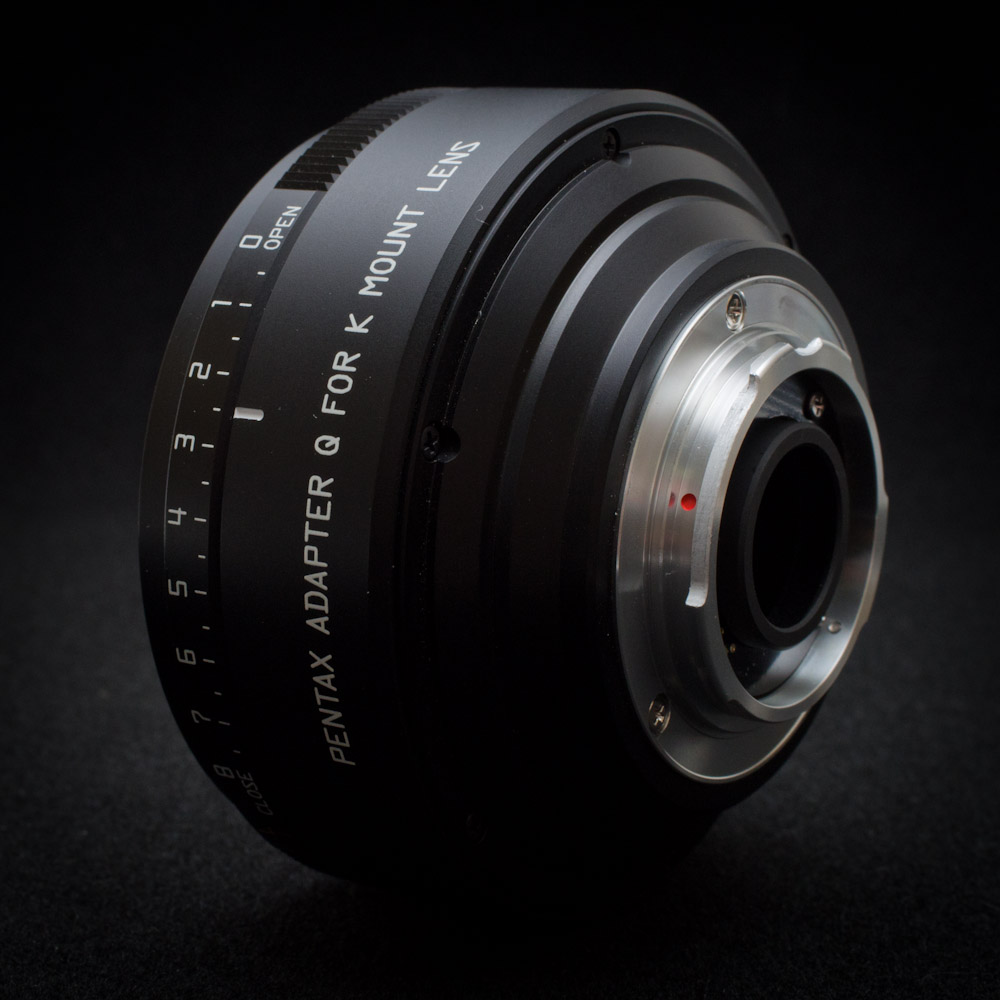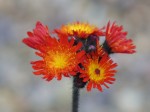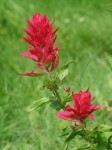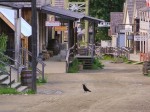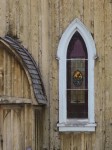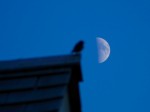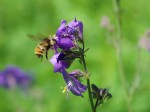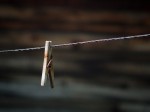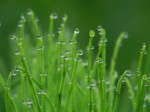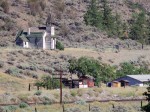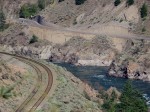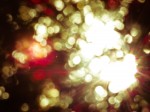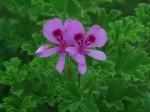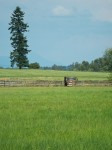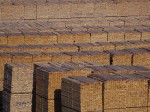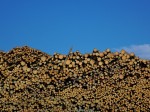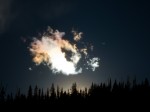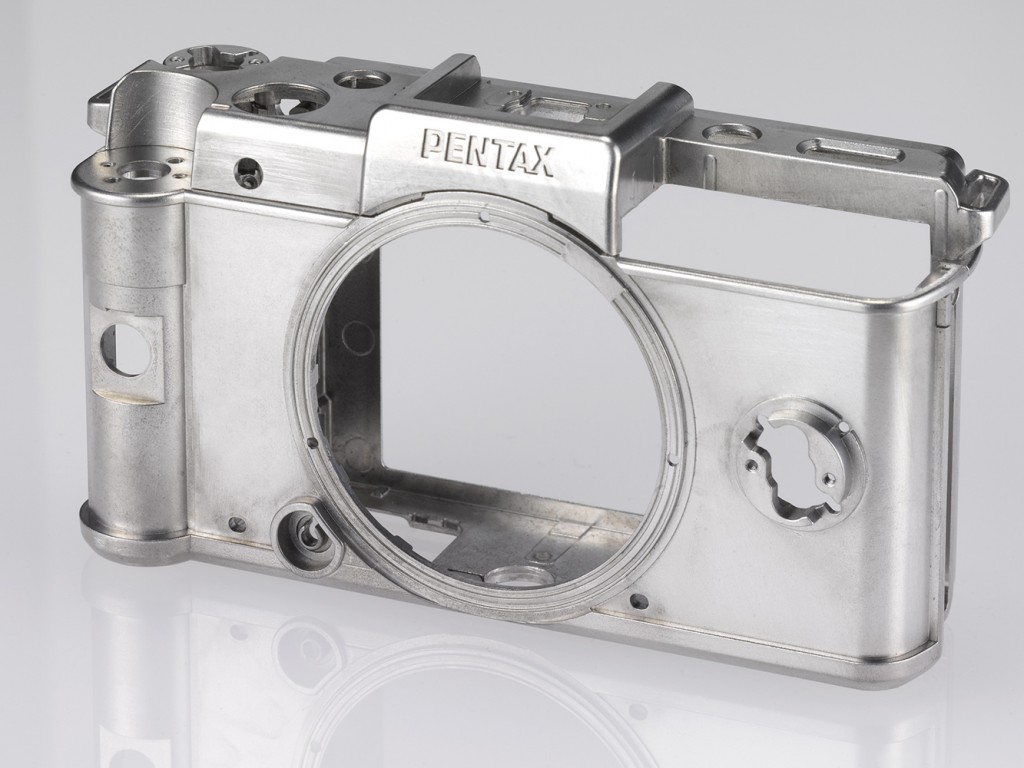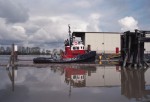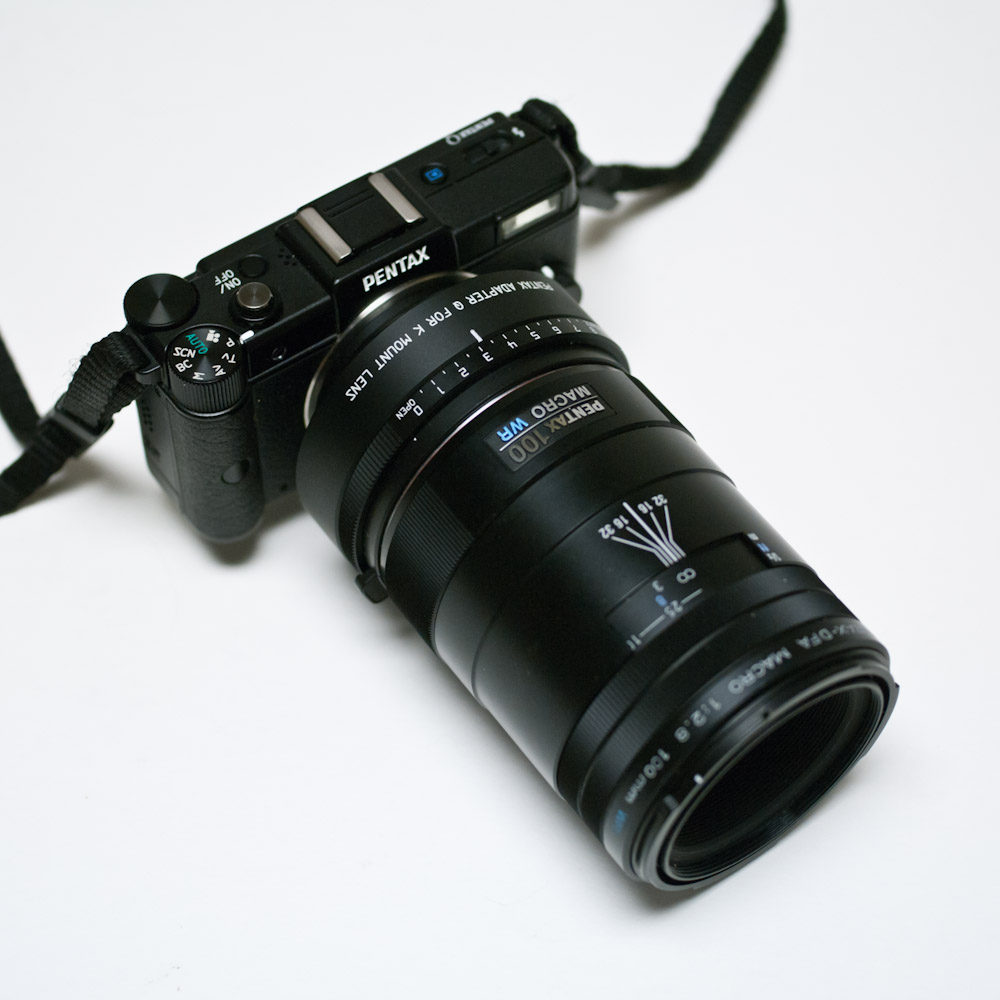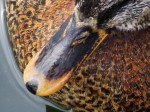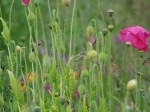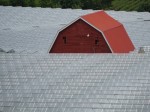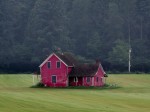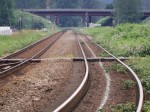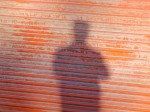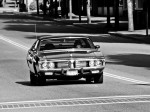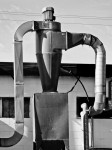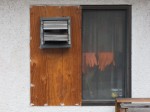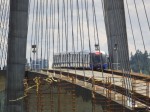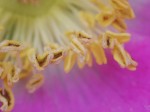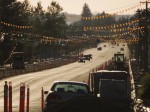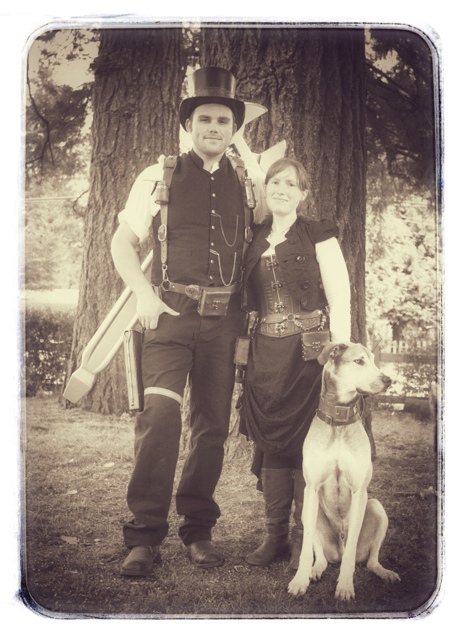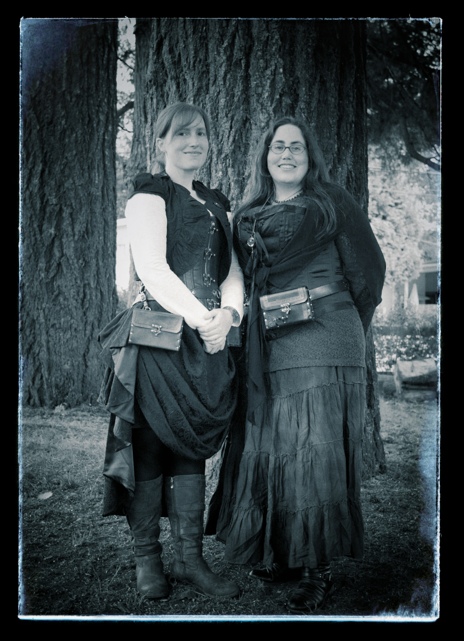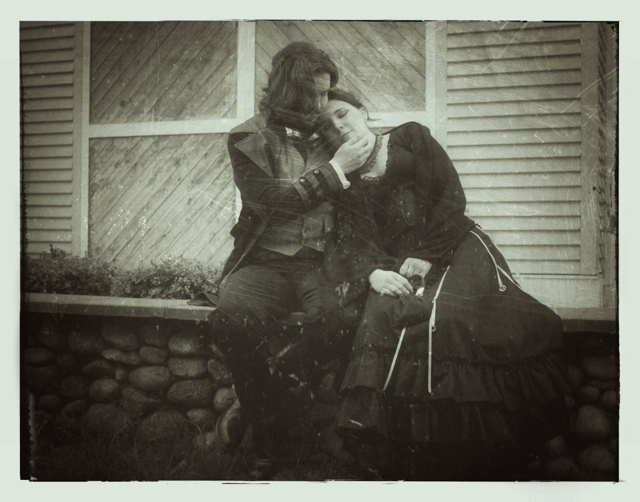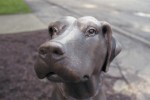Pentax K-3 Image Detail
After a week with the new Pentax K-3 DSLR there is one thing that really stands out for me and that is the amount of detail it is able to capture. There are other things that I think are genuine improvements over my previous cameras but when zooming into an image on the back of the camera or looking at it on the computer its striking what it renders.
Downsizing images for the web does not convey this well so I’ve created several zoom-able images shot in the last week to demonstrate as best I can my point. Just click on the thumbnails below to see the zoomable version. I suggest toggling full screen by clicking on the button at the lower right of the player to maximize the effect. The zoom is not limited to 100% pixel for pixel view but goes beyond that.
Pentax K-3 ISO 200 f13, 1/200sec
Pentax K-3 ISO 100 f18, 15sec
Here is an image that can be seen as a full size JPEG without zooming, it’s around 11 Mbytes
Pentax K-3 ISO 100 f16, 2.5sec
These images were shot using a very fine lens as well the SMC Pentax- DFA Macro 1:2.8 100mm WR.
The Pentax K-3 is showing itself to be an incredible photographic tool and I find myself looking forward to every opportunity to test its abilities with the ultimate goal being able to create the images I want.
Pentax K-3 first impressions
Despite how much I enjoy shooting film and using older cameras there is a part of me that enjoys new technology as well. My primary DSLR up until now has been the 2009 Pentax K-7 but I’ve also been waiting for what I felt was enough of a technological advance to spur an upgrade. The release of the Pentax K-3 appeared to be the progress I had been waiting for so I pre-ordered it as soon as it was announced. Today I received the camera and have had a brief time shooting with it. One of the immediately apparent differences with the new camera over the K-7/K-5,K5II models is the method of making changes to the autofocus selections. Previously it was a 3 position switch (Manual,continuous AF,AF Single) this has been replaced with a 2 position switch between AF and Manual and the addition of a button. I can not stress enough what an improvement this is. While pressing the button and turning the front control dial you can select the type of autofocus you want to use and the rear wheel changes the parameters such as the number of focus points, from 27 to zone to spot also when set to select the indicator of focus points on the rear LCD enlarges and the menu buttons can be used to move the point around. There are more parameters to describe and it is simpler in operation than my feeble attempt to describe it conveys, but it works well and is very intuitive.
There is also a marked improvement in the focus speed and accuracy over my previous camera but I may leave that to others to quantify it as most people will want to compare it to the Pentax K-5II DSLR.
One thing I never saw mentioned and is new to me is that when zooming in playback it lets you know when you are at 100% zoom a nice touch when checking your images.
Another surprise is how much quieter the shutter is and that is despite the K-7 already being incredibly quite. I will have more to say after I’ve had more time with the camera so for now here are some of the first images I’ve taken with the Pentax K-3.
Pentax K-3 200 ISO 1/80 f3.5 (SMC Pentax-DA 1:2.8 35mm macro Limited)
100% crop from above image.
Pentax K-3 400 ISO 1/50 f6.3 (SMC Pentax DA 18-55 AL WR)
100% crop from above image
Pentax K-3 1600 ISO 1/200 f5.6 (SMC Pentax-DA 1:2.8 35mm macro Limited)
100 % crop from image above Lightroom Noise reduction Luimnance +24, Color +20
Pentax K-3 800 ISO 1/50 f7.1 (SMC Pentax-DA 1:2.8 35mm macro Limited)
100 % crop from image above Lightroom Noise reduction Luimnance +24, Color +15
Pentax K-3 200 ISO 1/125 f7.1 (SMC A 70-210)
100% crop of above image.
Again my initial impression is a very positive one with all around performace improvements over the K-7 especially with higher ISO’s. In fact here is a shot at 12800 ISO with a little noise reduction in Lightroom, a full stop higher than the K-7 goes let alone performs at.
Pentax Z1p images
I’ve been working on a photographic series using my Pentax Z1p SLR more than any other camera so of course there are more images from it too. Past posts and information can be found here (Z1p Images Ektar100) , Z1p and Images , Oct 2013
Pentax Q-mount adapter for K-mount lenses
The addition of the Q to K-mount adapter adds quite a bit of functionality to this Pentax system. Like many people I have a hard time pinning down what the Pentax Q cameras are supposed to by, maybe it’s easier to say what they are not. They are not a replacement for a DSLR and they are not necessarily a replacement for a point and shoot. Yet they can do a bit of both and more. With the adapter the Q does something neither of the others can and that is to provide a fast and extreme telephoto in a tiny package. As an owner of Pentax lenses it becomes an inexpensive extension of what I already have. If you toss in the 03 fish eye then it makes it even more versatile and unique system.
More Pentax Q adapter posts Pentax Q K-mount adapter Pentax Adapter Q for K Mount
While the latest Pentax camera in this line the Q7 is available in many different colours I really like the original Q in black. It is so well-built and does not look like a toy despite how tiny it is.
Pentax Super Program, Oops
The oops comes from the fact that I tried the Pentax DFA100 macro WR lens with the Pentax Super Program, these pictures are not from that lens. 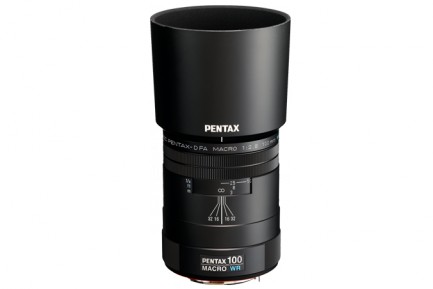
The smc PENTAX D FA 100mm F2.8 WR Macro doesn’t have an aperture ring but relies on the camera body to adjust the aperture. That is not a problem when using it with a DSLR or even a more modern film camera. The Super Program though is not one of these it indicates a particular aperture in the viewfinder but that doesn’t correspond with the lens setting. This fact makes this type of lens/camera combination incompatible. The images I took are terribly due to underexposure, it seems that the lens was completely stopped down as far as possible f32. It does work very well with my Pentax PZ1p though.
Pentax Q K-mount adapter
As a child with a hammer sees everything as a potential nail a Wallace with a telephoto lens sees everything…. I think you get where I’m going with this. My first adapter unfortunately failed after only a couple of hours of use but Pentax replaced it under warranty and my second one has been working without any problems. I’ve been using it with several different lenses but the one with the biggest impact has to be the DFA100 2.8 WR macro. On the Q with its 5.5x crop factor that makes it a whopping 550mm f2.8 equivelent macro lens. It’s certainly not a combination that you just pick up and start snapping away with. I’m still determining what works and what doesn’t, primarily it’s the fact that the Q isn’t a great high ISO performer and it’s quite difficult to focus a 550mm lens manually. All the shots so far have been hand-held and I’ve found that there is a real tug of war between setting a higher ISO and having a high enough shutter speed. Now that I’ve determined that there are limits I need to quantify them with a bit more rigor.
The other two lenses that I’ve been using are a 28mm f2.0 Vivitar and various Pentax 50mm lenses. These two give effective focal lengths of 154mm and 275mm respectively.
A Journey in Time
I was just finishing some art related errands when I drove past a local Abbotsford historic house and museum called the Trethewey House. What caught my eye was the giant wrench strapped to the back of a tall fellow. I was curious enough to pull over and have a look. Fortunately I almost always have a camera on me, okay I always have a camera on me. By the time I arrived things were winding down at a gathering with Steam Punk related activities but I spoke to a few nice people dressed in fun attire and took a limited number of portraits with my Pentax K-01. I’ve edited them on my coal-fired iPad. I’m pretty sure coal was used at some stage in the manufacturing of my iPad.

Queen Victoria on her Birthday weekend
Note the previously mentioned giant wrench and also he may be on to something, I could carry more cameras with suspenders like that.
Pentax Super Program and Vivitar 28mm 1:2.0 Close Focus
Most of the images were taken with the Vivitar 28mm 1:2.0 Close Focus lens. The extra stop of light you get with this lens compaired to using a Pentax 28mm 1:2.8 might be useful in low light but it’s the ability to focus down to 23cm (roughly 9 inches) is what is the best thing about it. It is a heavy piece of glass and metal though and outways the Pentax 28mm to the point where its almost too heavy on my Pentax K-01. Otherwise if you can spare the weight it will deliver unique results.
Pentax “Adapter Q for K Mount Lens”
I just picked up my Q to K-mount adapter so that I can use the lenses from my DSLR or Pentax K-01 as telephoto lenses. The crop factor in terms of 35mm film for the Pentax Q is a whopping 5.5x. What this means is that my 100mm macro becomes a 550mm equivalent lens. Even a 50mm lens gives a field of view that a 275mm lens would on 35mm film or a “full frame” digital sensor. When I choose to add photographic equipment I ask myself “Does this expand what I am able to do photographically?”, the Q with this adapter certainly does provide me with something I didn’t have before.
I only had about an hour of fading light at a nearby park to make a few test shots but even in that short time I was able to see there are some new possibilities with compressing the view (extreme telephoto) and macro where the small sensor gives more depth of field. All of this takes up very little extra room if you are already carrying the lenses for use on a camera with a larger sensor. The limitations with the Q relating to its small sensor and high ISO performance are brought to the foreground with the need to use higher ISOs to achieve fast enough shutter speeds. With further testing I’m sure I will find the point at which I can balance these competing parameters and achieve a result that I am happy with. For now though here are images from my first foray into K-mount lenses on the Q.
I used the DFA 100 WR macro, the SMC Pentax-M 1:1.7 50mm and the SMC Pentax-A 1:2.8 28mm.


